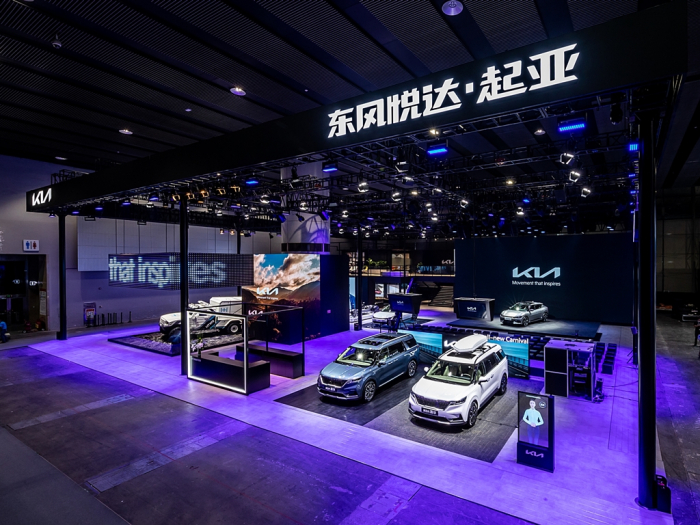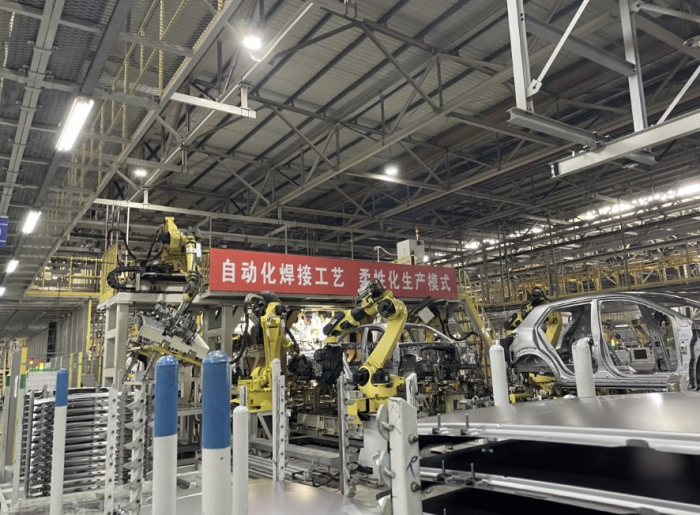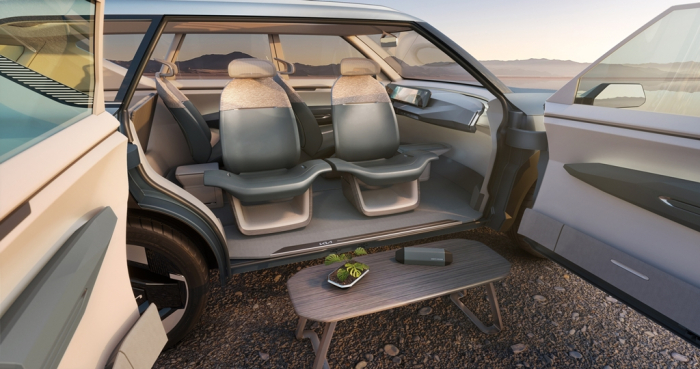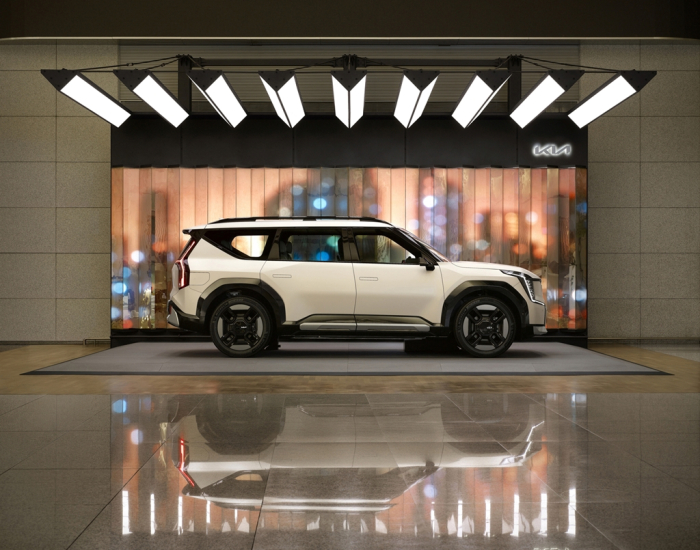Automobiles
Kia’s Chinese business makes turnaround as it becomes export base
After breaking even in the second quarter, Kia China hopes to remain profitable by raising export volumes
By Jul 30, 2024 (Gmt+09:00)
3
Min read
Most Read
When in S. Korea, it’s a ritual: Foreigners make stops at CU, GS25, 7-Eleven


Maybe Happy Ending: A robot love story that rewrote Broadway playbook


NPS yet to schedule external manager selection; PE firms’ fundraising woes deepen


US auto parts tariffs take effect; Korea avoids heavy hit


NCSOFT invests in US game startup emptyvessel



South Korean automaker Kia Corp.'s Chinese business has been struggling for years amid escalating tension between the US and China – Korea’s two largest export markets.
At its peak in 2016, Kia’s Chinese operations, known as KCN, sold 650,000 vehicles, posting an operating profit of 414.8 billion won ($300 million) on sales of 9.8 trillion won.
The following year, KCN’s vehicle sales plummeted to 360,000 units with sales halved to 4.8 trillion won. KCN swung to a 273 billion won operating loss in 2017.
It is no secret that Kia’s Chinese business was hit hard by growing anti-Korean sentiment among Chinese consumers in the aftermath of a diplomatic dispute between Seoul and Beijing over the deployment in Korea of THAAD, a US anti-missile system, in 2017.
Kia has since posted operating losses from its Chinese business every year.

According to industry sources on Tuesday, KCN broke even in the second quarter after a 322.2 billion won in operating loss in the first quarter.
Exact figures will be announced when Kia reports its first-half results for its global operations in late August. But sources said it is certain that Kia’s Chinese business turned around in the April-June period for the first time in eight years.
JV WITH DONGFENG, YUEDA
In August 2002, Kia established a $600 million joint venture with Dongfeng Motor Corp. and Yueda Group to run a plant in Yancheng, Jiangsu Province with an annual production capacity of 400,000 vehicles.

Kia, Korea’s second-largest automaker and sister firm of Hyundai Motor Co., once operated three car manufacturing plants in Yancheng with a combined production capacity of 900,000 vehicles.
In 2019, it sold off a factory and has since realigned the other two to largely produce electric vehicles.
With declining demand for its models in China, Kia rented part of the Yancheng plant to Yueda Group to cut operating costs.
Nevertheless, Kia China’s debt ballooned to some 3 trillion won by the end of 2023.
TURNING POINT
A turning point for Kia China’s turnaround came last year when the automaker decided to turn its Yancheng plant into its manufacturing base for exports instead of focusing on domestic sales.

In 2023, Kia unveiled the EV5, its first China-made global electric model.
Early this year, Kia began producing the right-hand drive model of the EV5 at the Yancheng plant, bound for Thailand, Australia and New Zealand.
Starting from the Southeast Asian and Oceanian markets, Kia said it would expand its target markets to Latin America and the Middle East, including countries such as Mexico and Saudi Arabia.
The EV5 is price-competitive as the vehicle is equipped with low-priced lithium iron phosphate (LFP) batteries made by FinDreams Battery Co., a subsidiary of China’s top EV maker BYD Co.
Kia said it plans to produce about 300,000 EV5 units at the Yancheng plant by the end of the year and export half of them to other countries.
Kia China is exporting a total of six vehicle models, including the compact Pegas sedan, to other markets, including Thailand, Australia and New Zealand.

SONET SUV
Kia China’s vehicle export volume reached 71,000 units in the first half of this year, more than double the 26,000 units in the year-earlier period.
The automaker plans to increase the number of export models from China, including adding the compact Sonet SUV to the Yancheng plant and diversifying its export destinations.
“Our China strategy is clear,” Joo Woo-jeong, executive vice president and Kia’s chief financial officer, said during Kia’s second-quarter earnings conference call with analysts last week. “We’ll keep our domestic sales in China to the minimum while maximizing our exports.”
Through this strategy, he said, Kia China aims to turn into a self-reliant operation without a capital increase from its headquarters in Korea.
Write to Jin-Won Kim at jin1@hankyung.com
In-Soo Nam edited this article.
More to Read
-

-
 AutomobilesKia to install LG Electronics’ vehicle webOS in upcoming EV3 SUV
AutomobilesKia to install LG Electronics’ vehicle webOS in upcoming EV3 SUVMay 27, 2024 (Gmt+09:00)
2 Min read -
 Electric vehiclesKia to enter emerging markets with its latest EV5 made in China
Electric vehiclesKia to enter emerging markets with its latest EV5 made in ChinaApr 10, 2024 (Gmt+09:00)
3 Min read -
 Electric vehiclesKia unveils design of EV5, its first China-made global electric car
Electric vehiclesKia unveils design of EV5, its first China-made global electric carAug 25, 2023 (Gmt+09:00)
3 Min read
Comment 0
LOG IN


